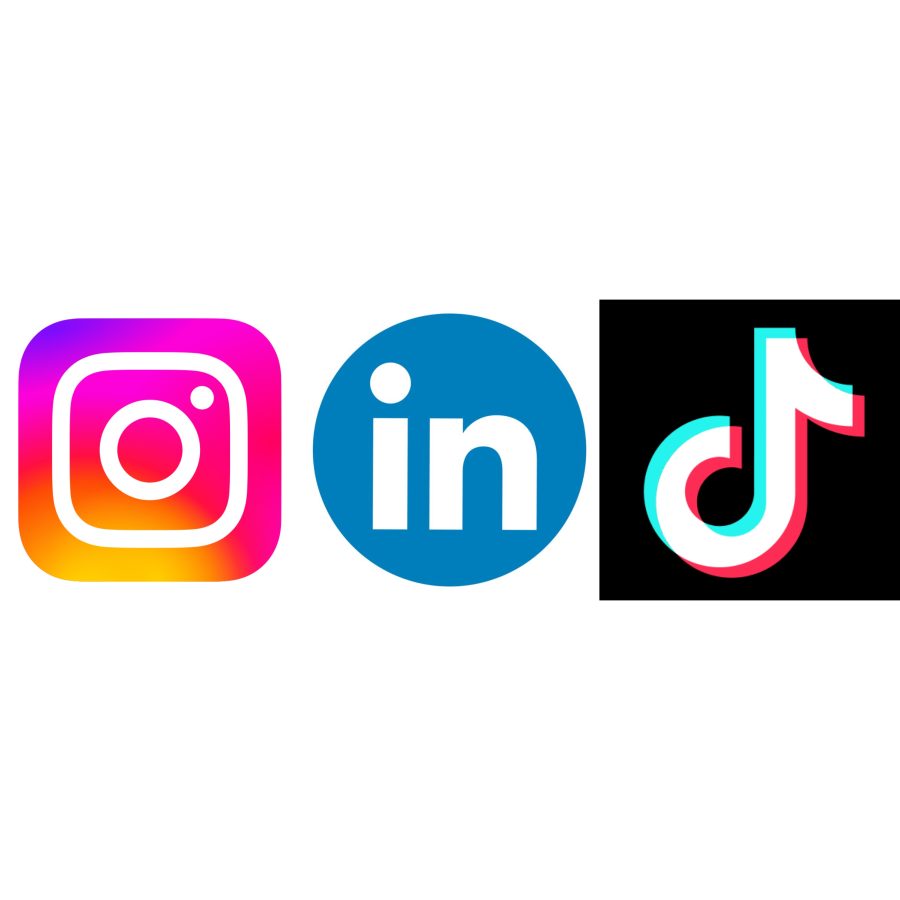Interacting in social networks is a complex process firmly rooted in psychological, social, and technological parameters. Applying Erik Goffman’s theory on impression management gives a deeper insight into the processes of online personas.
Impression management by Goffman indicates that people engage in a strategic process of presenting themself according to the audience. This is well illustrated in social sites whereby individuals pay particular attention to how they create their accounts, post, and engage other people online. This process can be understood through front-stage and back-stage behavior. Specifically, it is stated that in the online environment, consumer primarily presents their ‘presentation’ self – they can and do share aspects of their lives that do not conform to societal norms or agency goals.

The technological platforms themselves play a great part in this process of selective self-presentation. Most social networks give people an opportunity to retouch their photographs and choose what they want to share with others, showing artificial rather than real lives. This erasing boundary between real and fake personality is the crucial area of identity in the sphere of the digital setting since the same person is an actor in multiple accounts for multiple audiences.
Cultural and societal norms and values also play an important role when people want to represent themselves online. There are always tendencies for one to endeavor to be associated with a particular culture, be influenced by one’s peers, and desire for acceptance and recognition from society, which implies that one has to emulate certain behaviors or emulate some appearance deemed relevant in society. In such regard, scholars Marwick and Boyd pointed out that There are often areas of life that users choose to under-report. In contrast, other areas are over-reported or more favorably highlighted to build an overall identity that can be viewed as genuine and interesting to the audience.
This TikTok illustrates the different personalities of each social network.
However, Guy Debord’s idea of the Society of the Spectacle helps us understand how social media turns people’s individuality into products. In this regard, people develop into actors and audiences of mediated lives, and people’s value is judged by metrics such as likes, shares, and followers. It also stresses loneliness as real connections are exchanged with selectively constructed ones.

Such expectations that people set on themselves while being on the social network can lead to some psychological issues as mental problems, for instance, young people are more sensitive to comparison and looking for admiration. University students who stayed active on social networks seemed to engage in upward social comparisons: they compared themselves to people they considered to be better off than they were; such upward comparisons triggered negative emotions like anxiety and depression; thus, there was a psychological cost for maintaining positive images.
Thus, the nature of audience and the personal control over the context of appearance, the psychological needs, culture, and the contradictions between the staking of the self and the illusion of identity on social media are implied. It is suggested that these dynamics should be understood in order to identify the effects of social networking sites on identity accomplishment and subjective well-being.
“In a world that really has been turned on its head, truth is a moment of falsehood.”
Guy Debord
The disparities and presentation on social networks depend on impression management, influence from social technology, and particular social-cultural demands. These dynamics are essential subjects that provide further information about how people manage their identification in a digital and complex economy. The question remains: Which part of me do I upload when I wake up every morning and open my social media accounts?
References
Hjetland, G. J., Finserås, T. R., Sivertsen, B., Colman, I., Hella, R. T., & Skogen, J. C. (2022). Focus on self-presentation on social media across Sociodemographic variables, lifestyles, and personalities: A cross-sectional study. International Journal of Environmental Research and Public Health, 19(17), 11133. https://doi.org/10.3390/ijerph191711133


i love this, the layout and all but i wish you added more infomation about the how social media in a whole changes people/ how people realise its not real life!